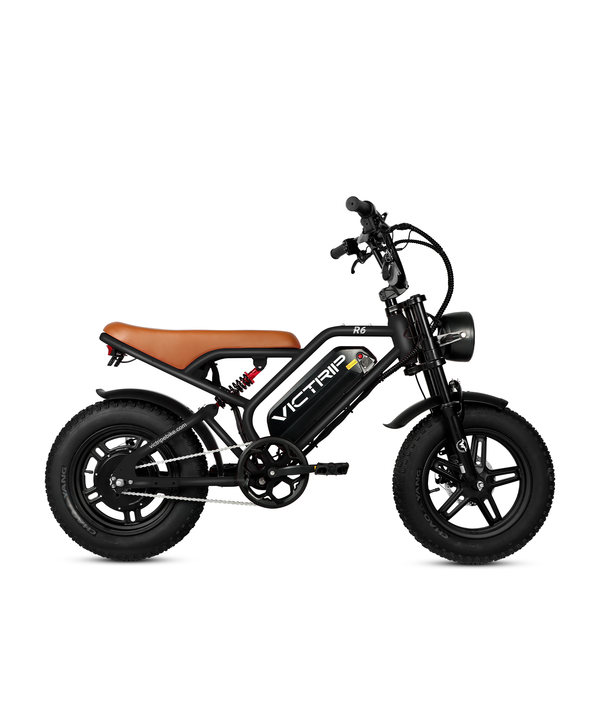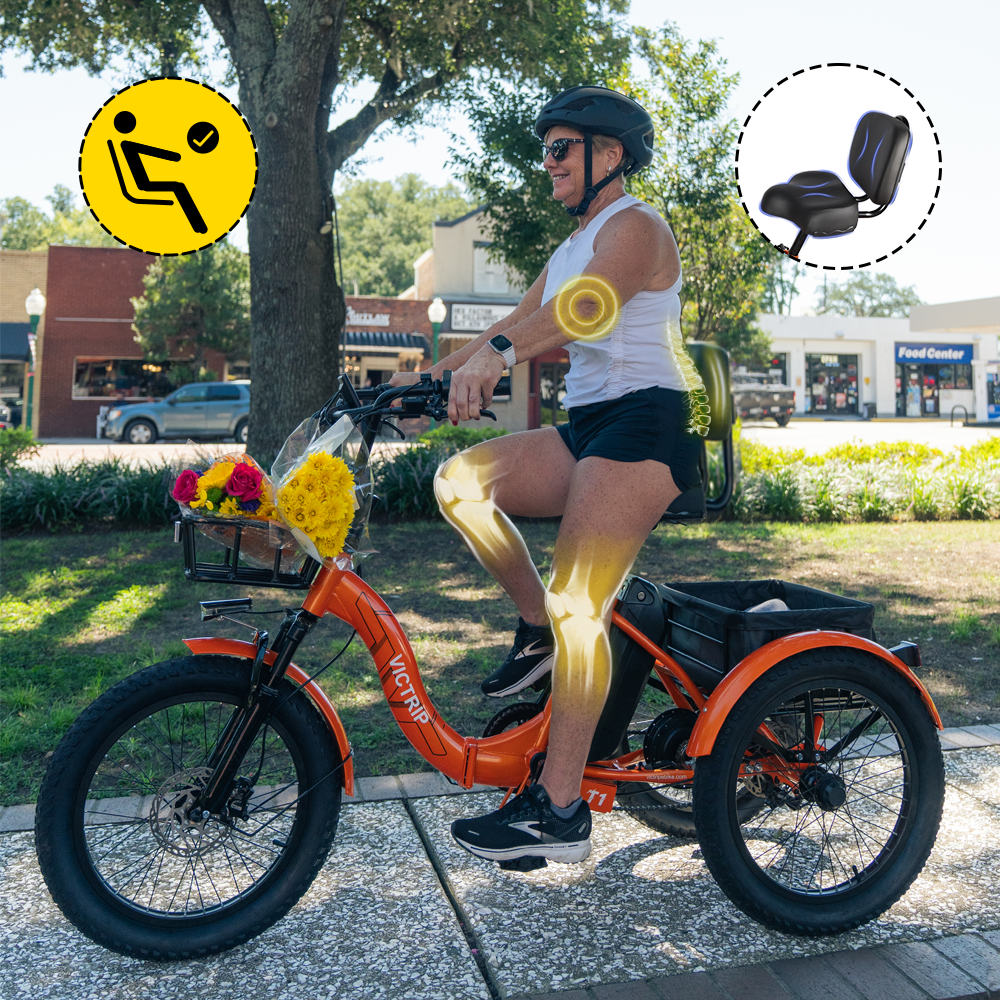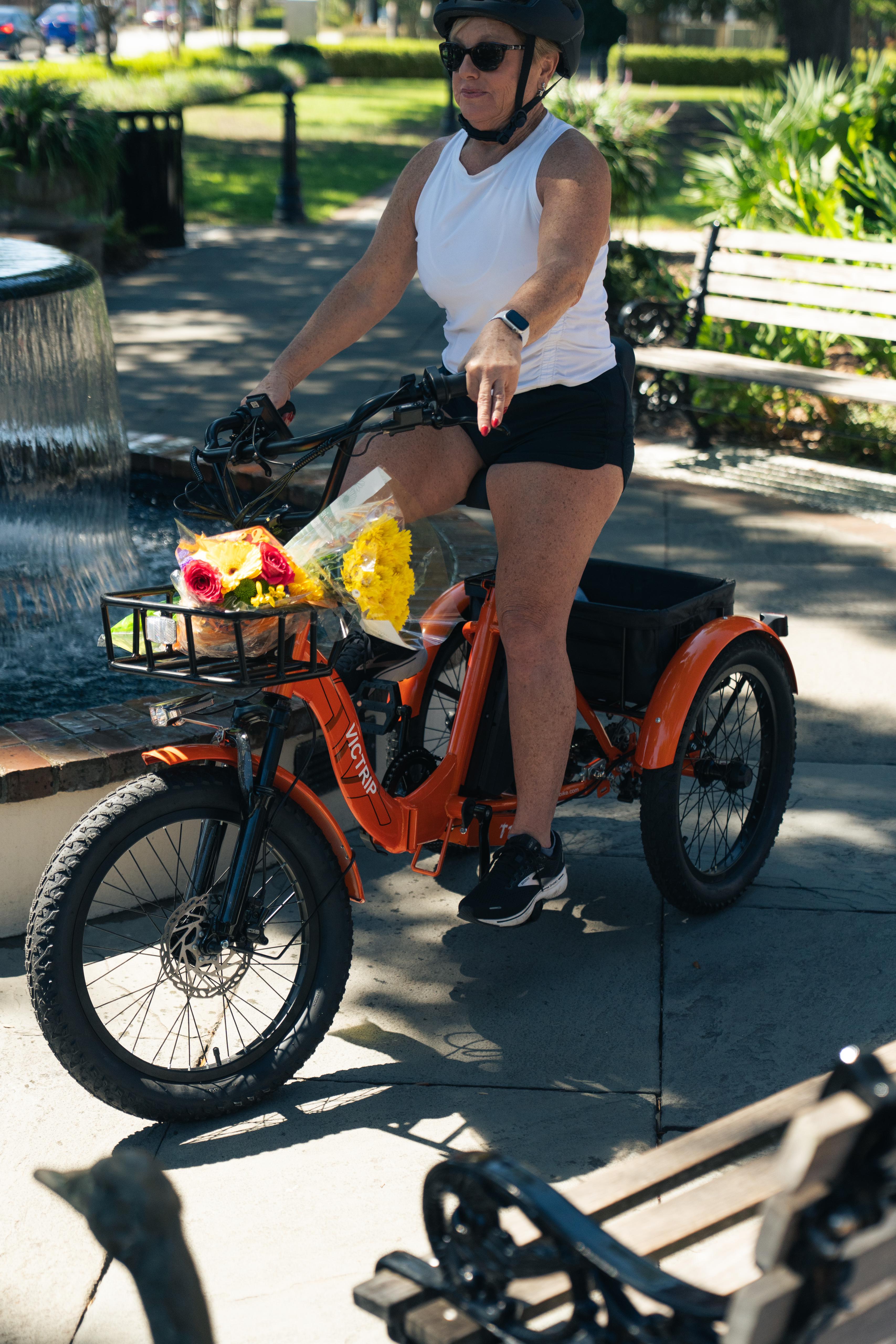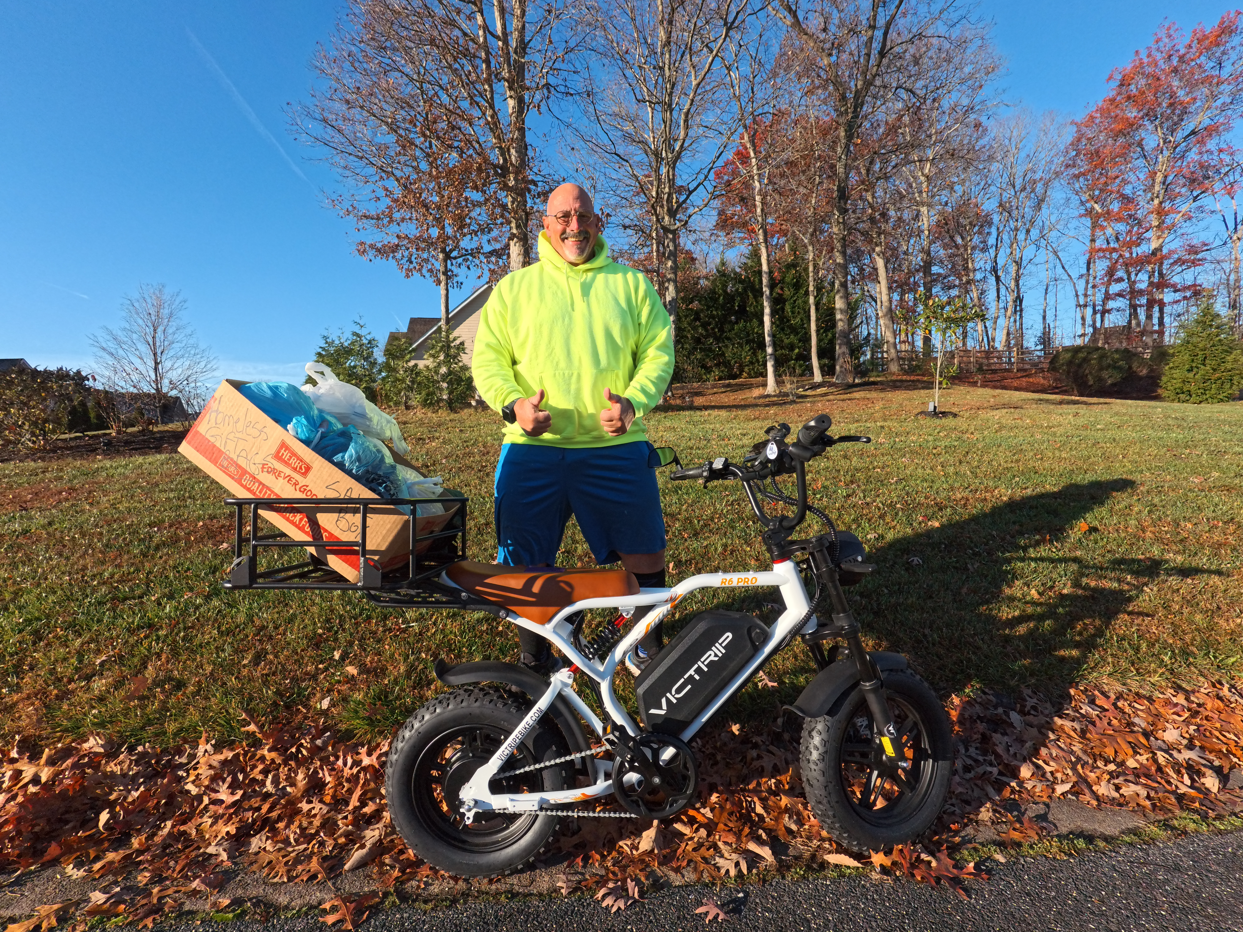
E-bikes are taking over the streets, bike paths, and even trails — but do you know the rules that govern them? EBike laws are far from universal. While both Europe and the United States recognize the need to regulate e-bikes, how they approach the issue differs widely.
In this comprehensive guide, we break down the key differences in e-bike classifications, speed limits, licensing requirements, and more between these two powerhouses of micromobility. Understanding these rules is essential whether you’re commuting, riding for fun, or planning to travel internationally with your electric ride.
EBike Classifications: Europe vs America
Class 1, 2, 3 EBikes in the U.S.
The U.S. follows a three-class system that defines how e-bikes are categorized:
-
Class 1: Pedal-assist only, max speed of 20 mph
-
Class 2: Throttle + pedal-assist, max speed of 20 mph
-
Class 3: Pedal-assist only, max speed of 28 mph
These classes are recognized in over 30 states. However, state-specific laws still apply. Some require helmets or restrict where Class 3 e-bikes can go.
European EBike Classes and EN15194 Standard
In Europe, e-bike classification is governed by EU Directive 2002/24/EC and the EN15194 standard:
-
Pedelecs (EPACs): Limited to 250W, pedal-assist only, speed limited to 25 km/h (15.5 mph).
-
Speed Pedelecs: Up to 500W, assist up to 45 km/h (28 mph), require insurance and license in most countries.
-
E-Mopeds or S-Pedelecs: Often classified like mopeds or scooters.
This difference significantly impacts how manufacturers design e-bikes and how riders use them.
Power Limitations
In Europe, the legal motor output for standard pedelecs is capped at 250W, while the U.S. allows up to 750W (1 horsepower). That’s a massive power difference.
Some U.S. states permit even higher wattages for off-road or private use. Europe, by contrast, enforces strict control — going over the limit means your e-bike becomes a moped in the eyes of the law.
Read More: Understanding Wattage: 250W vs 500W vs 750W EBikes.
Speed Limits: A Legal Comparison
| Region | Max Legal Speed | Throttle Allowed? | Category |
|---|---|---|---|
| U.S. Class 1 | 20 mph | No | Bicycle |
| U.S. Class 2 | 20 mph | Yes | Bicycle |
| U.S. Class 3 | 28 mph | No | Bicycle (helmet required) |
| Europe (Pedelec) | 15.5 mph (25 km/h) | No | Bicycle |
| Europe (S-Pedelec) | 28 mph (45 km/h) | No | Moped |
These distinctions have practical effects on commuting times and road sharing, especially in urban centers.
Throttle Use and Pedal Assist Rules
In the U.S., throttles are allowed on Class 2 e-bikes. Europe is more conservative:
-
Throttle use is generally banned unless the bike is classified as a motor vehicle.
-
Pedal-assist must be the sole mode for EU-legal pedelecs.
This regulation forces European riders to pedal more, while Americans can coast with the flick of a thumb.
Licensing and Registration Requirements
-
Europe: Pedelecs don’t require a license. However, speed pedelecs (S-Pedelecs) must be registered, insured, and in many countries, the rider must have a moped license.
-
U.S.: No license or registration needed for any Class 1-3 e-bike in most states.
This ease of access has helped U.S. adoption rise quickly.
Age Restrictions Across Continents
| Region | Minimum Age Requirement |
|---|---|
| Europe (Pedelecs) | None in most countries |
| Europe (S-Pedelecs) | 16–18 depending on country |
| U.S. Class 1 | Varies by state (often none) |
| U.S. Class 2 | 14–16 in most states |
| U.S. Class 3 | 16+ and helmet usually required |
These differences reflect Europe’s more structured approach versus America’s more flexible system.
Helmet Laws: Safety First
Europe and the U.S. both prioritize helmet use, but the legal requirements differ:
-
Europe: Helmet mandatory for S-Pedelecs.
-
U.S.: Helmets often required only for Class 3 e-bikes and minors.
Still, many safety advocacy groups recommend helmets for all riders, regardless of class.
Where Can You Ride? Paths, Roads, and Trails
In Europe:
-
Pedelecs are allowed anywhere traditional bikes go.
-
Speed Pedelecs are banned from cycle paths in many countries.
In the U.S.:
-
Class 1 and 2 usually allowed on bike paths.
-
Class 3 may be restricted to roads or shared-use paths.
Local ordinances further complicate things, making it essential for riders to check before riding.
TOP PICK

VICTRIP®R6 Off Road Ebike
Insurance Obligations
-
EU Speed Pedelecs must carry insurance — usually similar to mopeds.
-
Standard pedelecs: No insurance required.
-
U.S. e-bikes: No insurance is legally required, though optional policies exist for theft or liability.
This can affect ownership cost significantly.
Equipment Requirements and Safety Standards
Europe mandates:
-
CE certification
-
Lighting, reflectors, and audible warning devices
-
Cut-off motor when braking
U.S. standards vary by state, but often require:
-
Front and rear lights at night
-
Reflectors
-
Labeling for e-bike class and specs
The EU’s EN15194 is stricter and more uniform than U.S. regulations.
Enforcement and Penalties for Violations
In Europe, violating e-bike laws (e.g., using a modified throttle bike on public roads) can result in:
-
Fines
-
Bike confiscation
-
Points on driving license (in some nations)
U.S. enforcement is more lenient, though this is changing with rising e-bike adoption.
Cross-border EBike Travel Rules in Europe
Because of EU-wide rules, traveling from Germany to France or Spain with your e-bike is fairly smooth — if your e-bike is legal under EN15194.
In contrast, U.S. interstate travel can introduce legal gray zones, especially for Class 3 bikes.
Electric Mountain Bikes: Trail Use Rules Compared
In the U.S., Class 1 eMTBs are widely allowed on non-motorized trails, but Class 2 and 3 face restrictions.
In Europe, access is more limited and regulated by:
-
Local environmental laws
-
Trail stewardship organizations
-
Specific eMTB zones
Check before hitting the mountains!
Commercial Use Regulations
Food delivery, rentals, and e-bike tours are booming. But rules differ:
-
Europe often requires commercial insurance and specific licenses.
-
U.S. rules are more relaxed but growing stricter in big cities like NYC and San Francisco.
How EBike Policy Impacts Adoption Rates
Europe’s strict but clear laws have built trust in e-bike safety, aiding public bike share systems.
The U.S. benefits from freedom and flexibility, but lack of consistency hinders infrastructure planning.
Environmental Goals and Green Mobility Initiatives
Europe uses e-bike laws to promote green commuting as part of their climate goals. Subsidies, tax incentives, and public investment make it easier to own an e-bike.
In the U.S., some states are now offering similar rebates and funding programs — but it’s still patchy.
Future Trends: Are Laws Converging?
We’re seeing gradual convergence:
-
U.S. cities adopting more EU-style infrastructure.
-
EU nations considering throttle-based e-bikes in special zones.
The global market is pushing for harmonized standards, especially from manufacturers.
Conclusion: What Riders Need to Know
E-bike laws across the Atlantic may share the same goal — safe, efficient travel — but they take very different routes to get there. Whether you’re navigating a Dutch canal path or a California bike lane, knowing the legal terrain is critical. Stay informed, ride responsibly, and enjoy the freedom e-bikes offer.
FAQs
Can I ride a U.S. e-bike in Europe?
No, unless it meets European standards. You’ll need to ensure it’s limited to 250W and 25 km/h.
Do I need insurance for my e-bike in the U.S.?
No, but it’s recommended. Europe requires insurance for speed pedelecs.
What happens if I modify my e-bike?
In both regions, modifying the motor or speed limit can make your e-bike illegal on public roads.
Are helmets mandatory for all riders?
Not always. Europe mandates them for S-Pedelecs. U.S. rules vary by class and state.
Can kids ride e-bikes?
Yes, but age limits apply. The U.S. usually requires riders to be 14–16 years old. Europe limits speed pedelecs to 16+.




Share:
What Is Pedal Assist (PAS) and How Does It Work?
Folding eBikes and RV Life: Perfect Companions for Travel